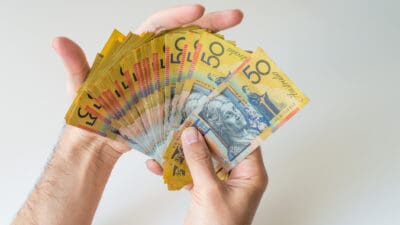The ASX share market can be an incredible tool to help people build up their finances. But, for impatient people investing for the wrong reasons, the ASX can really hurt investors.
As Warren Buffett once said:
The stock market is a device to transfer money from the impatient to the patient.
Cash in the bank steadily grows in value, whereas the returns of the share market can be extremely volatile. Over time, we hope our portfolio grows. But, if we buy $1,000 of ASX shares and then panic sell at $750 after a market crash, then later re-invest the $750 and sell again at $500 – you can see how selling at the wrong times can be destructive.
Are Aussies bad at being patient?
EY global wealth management released some research recently that showed that over a third of its Australian wealth management clients think that managing their wealth has become "more complex" over the last two years. Perhaps that's unsurprising with asset values falling over the last year and a half.
EY said that Australian clients "appear more actively aware of declines in their portfolios than those in other markets, with the vast majority (97%) saying they change investment behaviour due to declines in portfolio value, significantly above the global average of 73%."
Interestingly, the research showed that younger Australian investors are "more likely to switch into active investments during volatility, with 65% of millennials increasing allocations compared to 33% of boomers."
Investing during times of significant market dislocation can be a great opportunity to pick up some opportunities at cheap prices. But, it might be a bad time to sell.
Should ASX investors think longer-term?
We can't know what's going to happen in the future, particularly when the world is going through a huge changing event like the GFC or COVID-19. But, each time in the past there has been a recovery.
According to research done by investment business Fidelity, the Magellan Fund saw an average return per annum of 29% over 13 years between 1977 to 1990. Yet the average Magellan Fund investor lost money during that period.
Fidelity research has also shown that the best-performing 401K accounts (which is like superannuation) were ones that had died or forgotten about their account. In other words, just leaving a good investment alone can deliver the best returns over the long term.
I think we could all learn something about being patient and investing for the long term from this information about which investors performed better.









